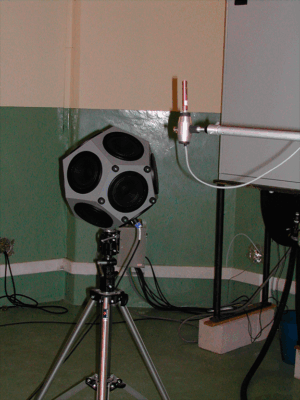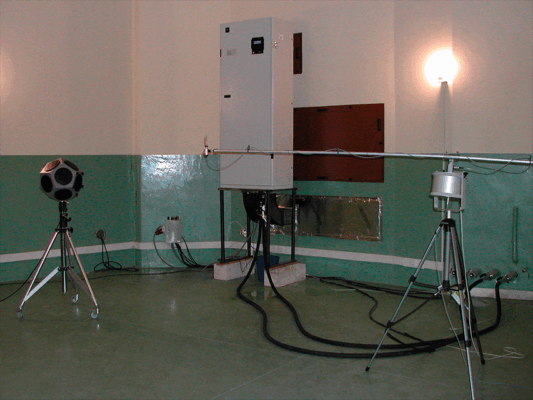From Lab to Comfort: Why Heat Pump Testing Matters
Heat pumps have gained popularity based on their energy efficiency and versatility for both heating and cooling. Heat pump is qualified under the scope of renewable energy appliances based on its principle of transferring heat from a natural occurring source – such as the air, ground, or water – instead of generating by burning fuel.
Testing processes are not just focus on identifying deviations. Testing is the proactive step which ensures the manufacturer specification reflects the product performance features in the market. In the end, it makes the product reliable for its final location and application.
All starts with checking the proper installation and system configuration. Both manufacturer and installer shall be aligned to get the compliance with energy standards, local regulation and building codes. This phase is a must to optimize equipment capacity and efficiency. Unit shall run at the optimal operating designed point to supply the best performance, longevity and the indoor comfort expected by the end user.
Whether you are an HVAC professional or homeowner, searching thermal and sound comfort, it is crucial to understand how to test a heat pump. The key steps for testing heat pumps in lab are:
1. Preliminary
Lab checks physical damage and makes visual inspection for refrigerant line and internal devices’ integrity.
Airflow and pressure are measured to ensure flows had been correctly dimensioned according to the capacity and use of the equipment.
2. Capacity test
It defines the quantity of energy required for covering the demands of facility or room where is installed: space heating or cooling and domestic hot water.
During this test, lab carefully observes the smooth behaviour of the equipment during the whole working period. Since startup and stabilization, passing through defrost operation cycles or shutting down, the test facility is accurately conducted to guarantee the unit compliance with referred standards (i.e. EN 14511, EN 14825, EN 16147) and its associated test tolerances.
Calorimetric and enthalpy methods are the most widely employed to determine capacity and power consumption in both heating and cooling modes.
3. Coefficient of Performance and Energy Efficiency
Capacity test includes the determination of the coefficient of performance (COP) in heating mode and Energy Efficiency Ratio (EER). Then, the Seasonal Coefficient of Performance (SCOP) and Seasonal Energy Efficiency Ratio (SEER) are calculated with advanced tests according to EN 14825 standard, at different part load conditions plus power consumptions as standby, power off, off mode and crankcase heater.
- Sound test
Sound power is an inherent parameter to mechanical elements or equipment. It serves to characterise and compare the noise emitted by a heat pump independently of the scenario where will be finally installed. Sound power, measured in dBA according to EN 12102 standard is displayed in energy label. Furthermore, it is a key variable deemed by architects and specifiers in project product selection.



Independent testing laboratories play an important role. They support both authorities and certification bodies with following-up and market surveillance tests. It contributes with HVAC market to keep the required standards, as well as the fair playing field. Besides manufacturers and producers, labs make the necessary resources to develop innovative projects, to apply new technologies in heat pumps or to test specific conditions aligned with their objective markets.
Proper testing optimizes and ensures the long-term performance. It reduces consumption, increases efficiency and, on the top of that, delivers customer satisfaction. As the industry moves toward greener technologies, regular testing is no longer optional, but essential.
For further information, do not hesitate to contact CEISLAB at [email protected]
We would be pleasured to help you.

